
Don’t Call It an ‘Ethnic’ Grocery Store
As Asian groceries like H Mart, Patel Brothers and 99 Ranch expand, they are reshaping American eating habits, and the American grocery market.
Once small, mom-and-pop businesses, Asian grocery stores in the United States are growing rapidly and shaping how Americans cook and eat. Credit...
Last year, Americans bought half a billion packets of Shin Ramyun, the spicy, beefy Korean instant noodle. The bold red-and-black packaging feels inescapable: It’s a staple of college dorm rooms, bodegas, middle-of-the-country Walmarts and viral TikTok videos.
But 30 years ago, the noodles were largely unknown in the United States. No grocery store would stock them, said Kevin Chang, the director of marketing for Nongshim, Shin Ramyun’s parent company. Except, that is, for a few small Korean grocers, including a fledgling shop in Woodside, Queens, called H Mart.
In the 1970s and ’80s, as Asian immigration to the United States soared, grocers like H Mart; Patel Brothers, an Indian grocery founded in Chicago; and 99 Ranch Market, originally focused on foods from China and Taiwan, opened to meet the demand for ingredients that tasted like home. These were tiny mom-and-pop shops in suburban strip malls or outer boroughs with large Asian immigrant populations. They weren’t fancy, but they were vital to their communities.







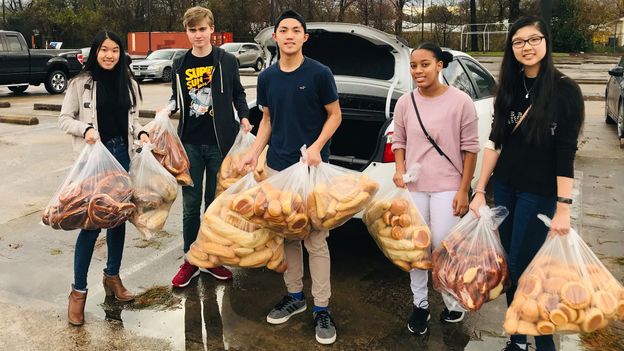
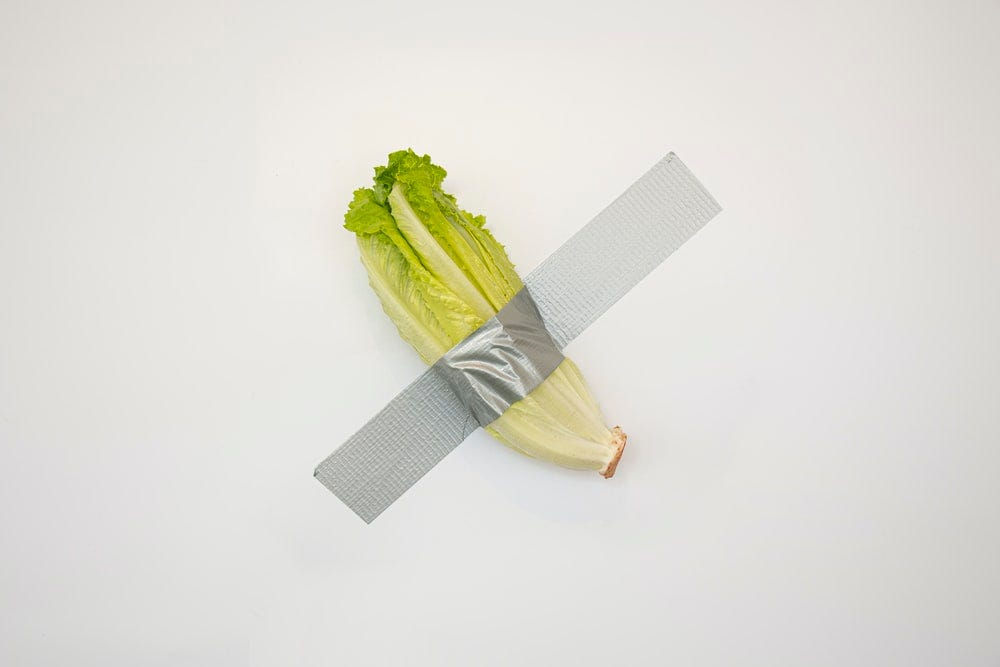

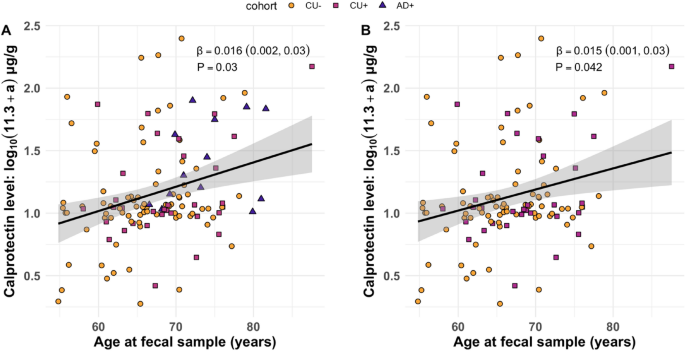


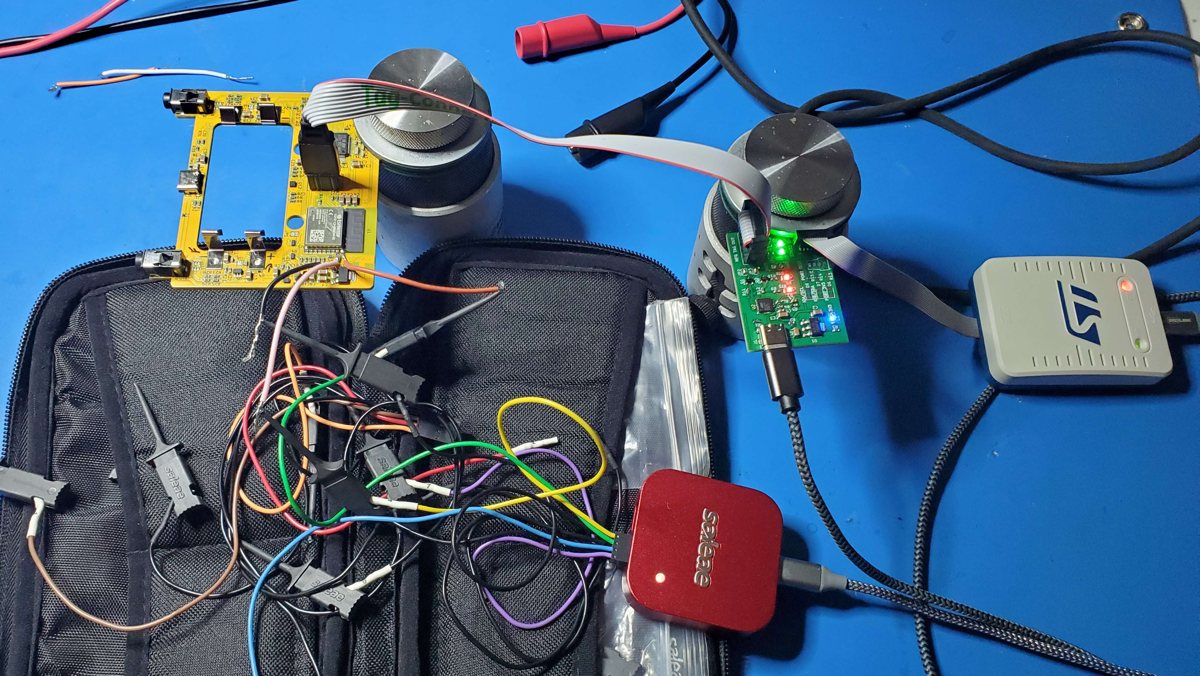





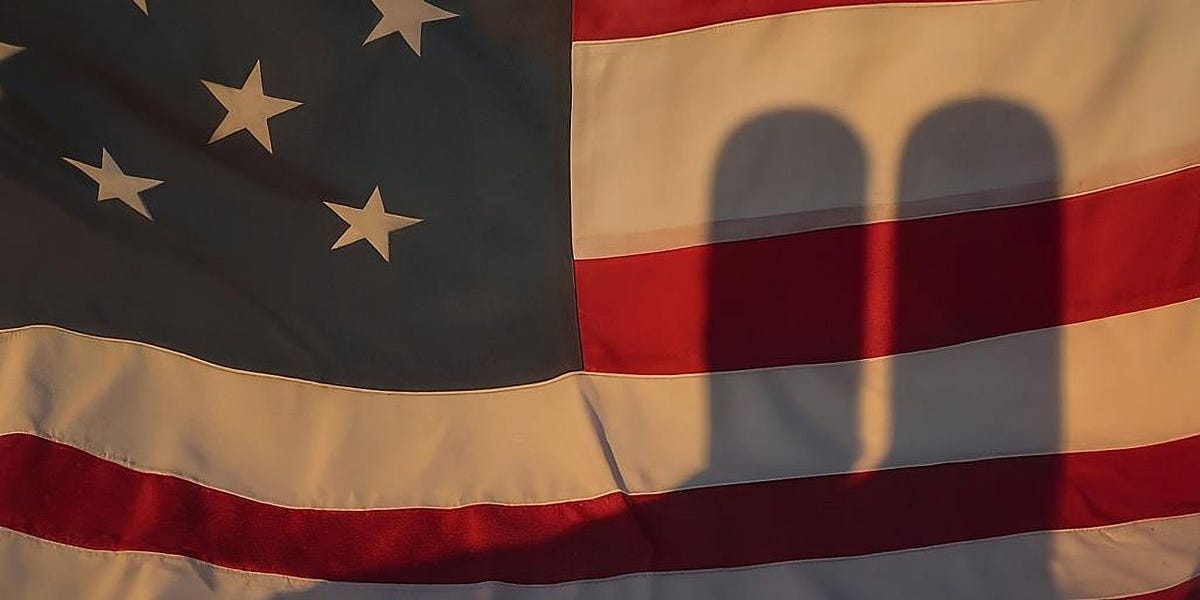





/cdn.vox-cdn.com/uploads/chorus_asset/file/25472498/STK271_PERPLEXITY_A.jpg)